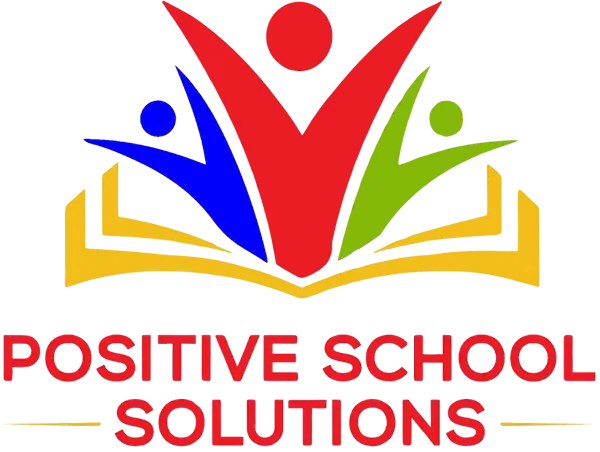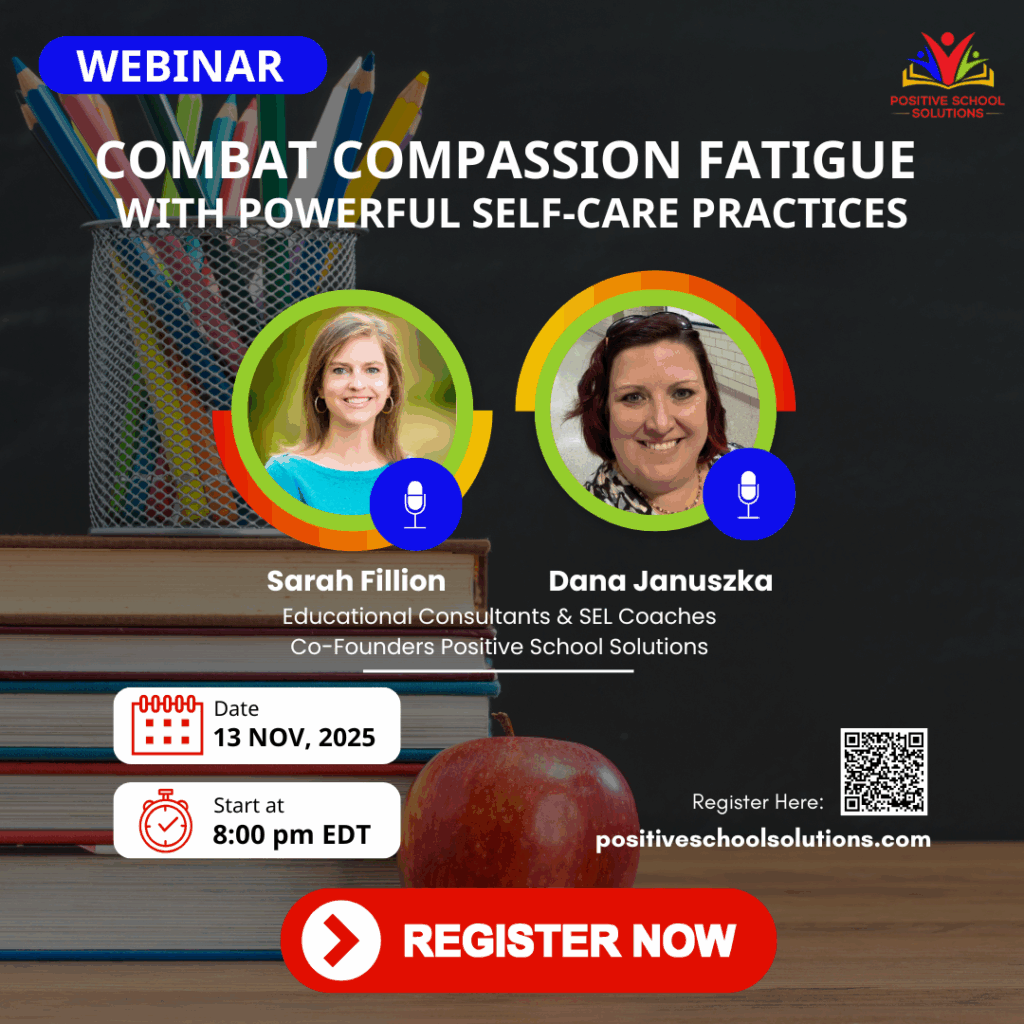In teacher prep courses (or advanced degree courses, or almost any teacher-related course), educators learn about how important it is to meet the characteristics of engaging academics, which align with building internal motivation:
- Make learning personally interesting
- Include opportunities for learners to move and talk about what they are learning
- Allow them to show what they’ve learned in ways that align to their strengths, push their thinking just enough (hello ZPD!) so they are challenged but not too challenged
- Give them choice whenever possible
- Structure the learning in a way that is fun to participate in.
We say this over and over again to teachers. Students are bored in class? Let’s see how we can build these elements into the learning. Students aren’t mastering a concept? Hmmm—have we looked at how the learning is being differentiated? There’s a huge achievement gap? What elements of engaging academics are missing?
Now don’t get me wrong, these ARE critical to learning—both in the moment and in creating the interest and habits that lead to being a lifelong learner.
But the bigger problem is that we keep telling teachers to do this… and then we say, “Our initiative this year is on the science of reading and math.
And we expect every educator in the building to come and learn that.
Sometimes we get lucky and the information is presented in a way that hits a couple of those engaging academic characteristics—maybe we get to do something or talk during the training. But many times, it is “sit and get” and it is the same training for EVERYONE.
Don’t teach math or science? Well… see what you can take from this and apply it to your subject area.
Someone absent? That training is lost.
Four out of five team members in one grade level are out with the flu that day? Oh well, that one person will do their best to “fill them in.”
PD Should Never Be One-Shot Learning
Can you imagine educators deciding they should teach a specific, CRUCIAL skill ONE time to students and expect them to learn it?
There would be fury—from leaders, from school boards, from families, and from the community at large.
But this is exactly what we’re doing to our educators.
WHY?
Traditional PD Is Not Just Ineffective—It’s Harmful
It’s not personalized to teachers’ areas of strength or interest.
It’s not immediately applicable—oftentimes they have to create their own materials just to implement it.
It’s not inclusive of all adults in the building—every single person has a specific, valued purpose in a school, and each of them positively influences students’ lives when we give them the opportunity to do so.
It’s not accessible—it’s a one-time shot, and we KNOW that’s the most ineffective model for learning.
Traditional PD is broken—and not just broken like a flat tire. It’s broken like a system that’s hurting the people it’s supposed to help.
This isn’t just frustrating. It’s a huge waste of time, money, and opportunity.
And let’s be honest: most of us already know this.
Staff leave those sessions feeling even more frustrated, more disconnected, and more certain that PD is just another hoop to jump through.
So What Do We Do?
Imagine PD that actually helps your team feel seen.
That provides support—not more stress.
That leads to real change, not just temporary compliance.
What if PD could be the thing that restores your staff instead of draining them?
What if it didn’t have to be one-and-done anymore?
We’ll explore what that could look like in Part 2 of this series. Because there is a better way—Holistic PD–and it’s already transforming schools across the country.
Of course, if you’re the kind of leader who’s ready to take action now, don’t wait. Let’s talk about what’s possible for your school – starting today!
And if you’re still reading this? Give yourself credit. That means you’re already asking the right questions—and that’s the first step toward something better.

